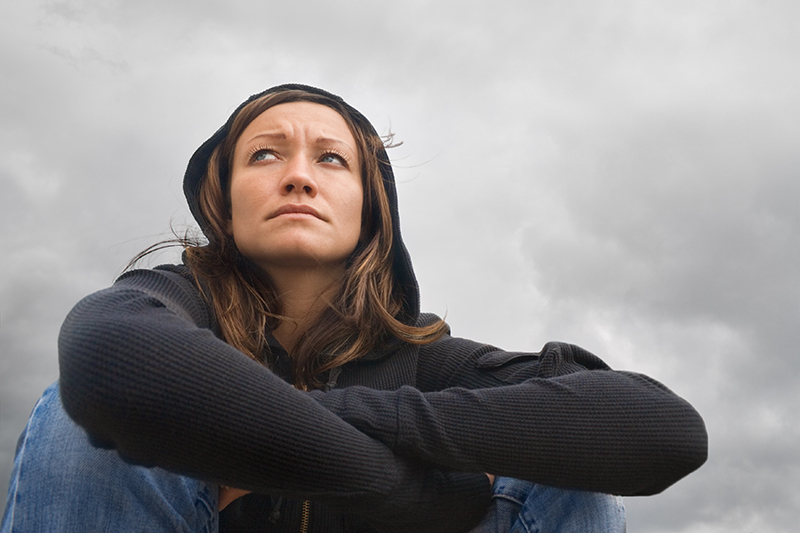Is it just the winter blues — or is it SAD?

The holidays are over, it’s dark when you get home from work, and the weekend weather is more gloomy than sunny. Staying upbeat during winter can be tough for anyone, but it’s especially challenging for those afflicted with seasonal affective disorder, also known as SAD.
Serina Neumann, PhD, Professor of Psychiatry and Behavioral Sciences at EVMS, says SAD is more than a case of the winter blues. “Researchers believe the condition is related to an increase in melatonin production when exposure to sunlight is limited,” Dr. Neumann says. “This can affect the sleep-wake cycle as well as other systems.”
SAD symptoms are symptoms of depression but falling in a seasonal pattern, she explains. They can include increased feelings of sadness, difficulty concentrating, decreased interest in doing pleasurable activities, irritability, fatigue, oversleeping, weight gain, increased intake of carbohydrates, and even feeling like you no longer want to live. When some or all of these symptoms persist, it’s important to discuss them with a doctor or psychotherapist.
“Increasing the brain’s access to serotonin may help balance out the rise in melatonin,” Dr. Neumann says. SAD also can be treated with light therapy, although this is not effective for all sufferers. Antidepressant medications and psychotherapy, she says, can help reduce SAD symptoms and can be combined with light therapy.
A recent trial showed that a combination of an antidepressant and light therapy was more effective than antidepressant therapy alone, Dr. Neumann says. Regular exercise, especially if done outdoors during daylight hours, might also be helpful.